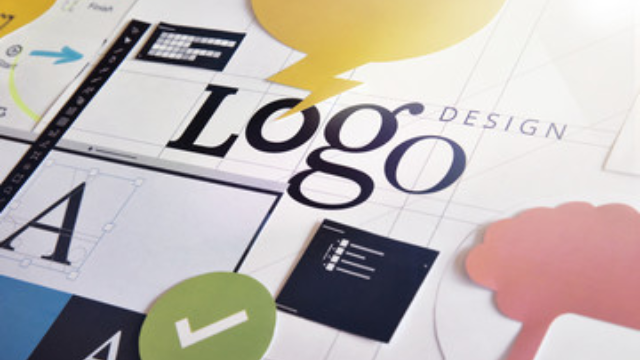Do you want to enhance your graphic design skills? Discover the four essential principles that will take your designs to the next level. In this article, we’ll explore the fundamentals of graphic design: contrast, balance, hierarchy, and alignment. By understanding and applying these principles, you’ll be able to create visually compelling designs that effectively communicate your message. Get ready to elevate your design game with these key foundations.
Contrast
When creating graphic designs, you should always consider contrast as it enhances visual interest and helps to communicate your message effectively. Contrast is a fundamental principle of design that plays a significant role in attracting attention and creating a strong visual impact. It involves using differences in color, value, size, and shape to create visual interest and emphasize important elements. Understanding color theory is essential in utilizing contrast effectively. By using colors that are opposite on the color wheel, such as black and white, or complementary colors, you can create a striking contrast that grabs the viewer’s attention. Contrast can also be achieved through variations in value, which refers to the lightness or darkness of a color. By using light and dark shades, you can create depth and dimension in your design. Additionally, contrast in size and shape can be used to create emphasis and guide the viewer’s eye. By incorporating contrast into your designs, you can create visual impact and ensure that your message is easily understood.
Balance
To achieve a well-balanced graphic design, you need to carefully consider the distribution of visual elements, using both symmetrical and asymmetrical arrangements. Balance is a fundamental principle of design that helps create harmony and cohesion in your composition. Here are four key aspects to keep in mind when striving for balance in your graphic design:
- Symmetry: Symmetrical balance is achieved when elements are evenly distributed on either side of a central axis. This creates a sense of stability and order in your design.
- Asymmetry: Asymmetrical balance involves distributing elements unequally but still achieving a visual equilibrium. It adds visual interest and can create a more dynamic and energetic composition.
- Visual weight: Each element in your design has a visual weight, which refers to how much attention it attracts. Balancing the visual weight of different elements helps create a sense of equilibrium and prevents any one element from overpowering the others.
- Negative space: Also known as white space, negative space is the empty areas between and around the elements in your design. Properly utilizing negative space can help create a sense of balance and prevent your design from feeling cluttered.
Hierarchy
To establish hierarchy in your graphic design, prioritize elements using size, color, and typography. Hierarchy is crucial in guiding the viewer’s eye and conveying the intended message effectively. One way to create hierarchy is through visual storytelling. By strategically arranging and emphasizing elements, you can lead the viewer’s attention and tell a story within your design. This can be achieved by using larger elements to highlight important information or creating contrast between different elements.
Typography choices also play a significant role in establishing hierarchy. Different font sizes, weights, and styles can be used to differentiate between headings, subheadings, and body text. For example, using a bold and larger font for a heading can make it stand out and draw attention. Additionally, varying the color of the typography can further enhance the hierarchy. Bright and contrasting colors can be used for important information, while more muted tones can be used for less important details.
Alignment
Establishing alignment in graphic design is crucial for creating a cohesive and organized composition. Proper alignment ensures that elements within a design are visually connected and harmonious. Here are four key techniques that highlight the importance of alignment in graphic design:
- Edge alignment: Aligning elements along their edges creates a sense of order and balance. This can be achieved by lining up the edges of text blocks, images, or shapes, creating a visually pleasing and structured layout.
- Center alignment: Placing elements along a central axis can create a visually balanced and symmetrical composition. Center-aligned elements often convey a sense of stability and formality.
- Grid alignment: Utilizing a grid system helps maintain consistency and structure throughout a design. By aligning elements to the grid, designers can achieve a clean and professional look.
- Baseline alignment: Aligning text elements along a common baseline creates a sense of order and readability. This technique ensures that text appears visually connected and organized.



